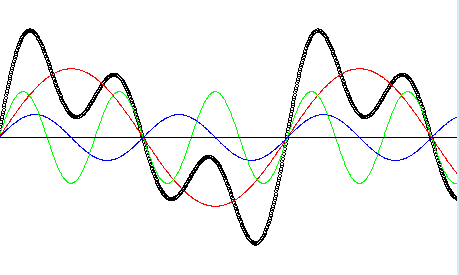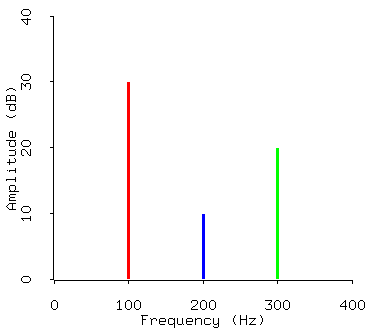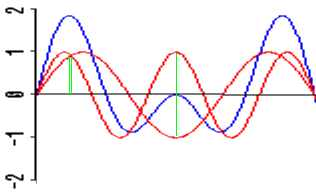INTONATION
INTONATION: It´s the
name given to the different levels of pitch.
It refers to the level of
voice
High high high
Standard low low low
Level 1 =
Low
Level 2 =
Standard
Level 3 =
High
The
combination of the different levels gives a result:
Rising
Falling INTONATION
Non-
final
RISING
INTONATION
It has levels
2= standard (in initial position)
3=
high
It´s usually found in yes / no question
|
|
|
|
|
|
|
Questions with
auxiliaries |
In initial position ex:
Do, Does, Are, Is, Did, Can.
PRACTICAL
N. - 1
 3
3
 2 Do you work?
2 Do you work?
 3
3
 2 Does
she smoke?
2 Does
she smoke?
 3
3
 2 Are you student?
2 Are you student?
 3
3
 2 Is
she happy?
2 Is
she happy?
 3
3
 2 Can you swim?
2 Can you swim?
The level (3) receives stress:
Verbs
Adjectives key words
Nouns content
words
Adverbs
Demonstratives
Adjective forms
PRACTICAL
N.-2
 3
3
 2 Are you writing?
2 Are you writing?
 3
3
 2 Is it good?
2 Is it good?
 3
3
 2
Do you cook?
2
Do you cook?
 3
3
 2
Have you see her?
2
Have you see her?
 3
3
 2 Would you like
desert?
2 Would you like
desert?
PRACTICAL
N. – 3
3 

 2 Did he
work yesterday?
2 Did he
work yesterday?
 3
3
 2 Does he
know about it?
2 Does he
know about it?
 3
3
 2 Can you
call me at fine?
2 Can you
call me at fine?
 3
3
 2 Is that
it?
2 Is that
it?
 3
3
 2 Excuse
me
2 Excuse
me
2
Really
2). - Falling
Intonation.
FALLING
INTONATION
It has levels 2 standard
3
high
1
low
It usually found in:
a) Short
WH /
questions Questions
with WH
In initial position







 300 Hz
300 Hz 


